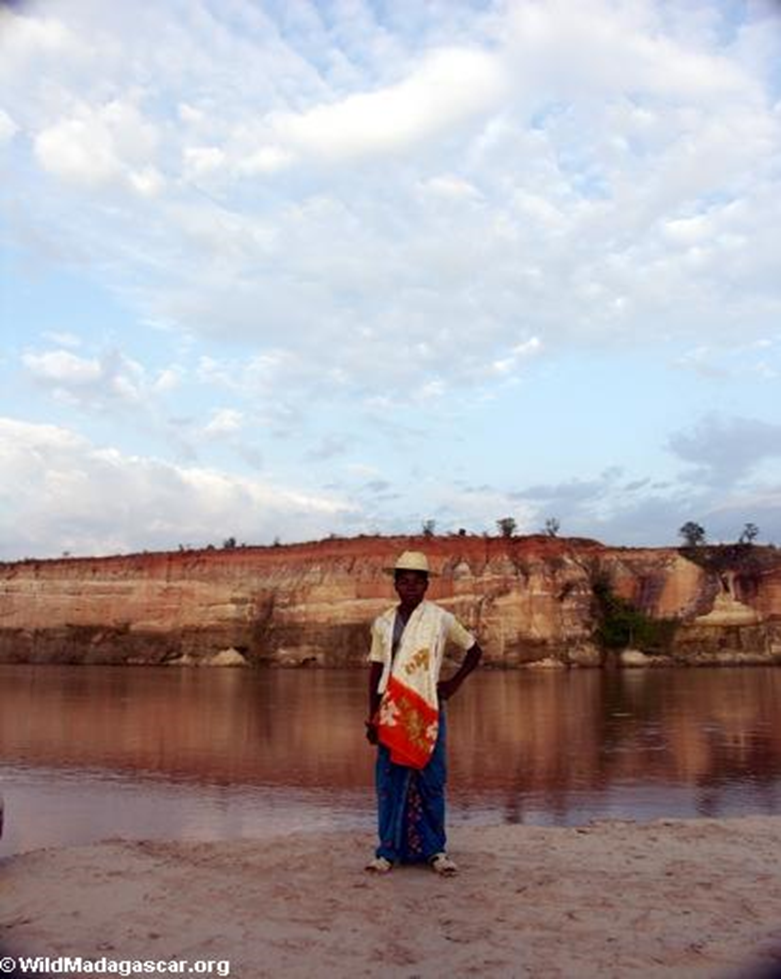The history of the settlement of Madagascar is gradually revealed

malagasy landscape transformed by human activities.
The history of the settlement of Madagascar remains largely mysterious. Genetic analyzes carried out on the inhabitants are beginning to shed light on their origins and provide a better understanding of the evolution of the island's landscapes.

Only 400 km from Africa, the island of Madagascar was colonized late. Even if clues suggest a human presence 10,000 years ago, the ancestors of the current populations probably arrived much later on the island, during two waves of migration. Some of them landed from Asia, as evidenced by the Malagasy language, very close to the Austronesian used in Taiwan, the Philippines and Polynesia as far as Easter Island.
To better understand the history of the settlement of Madagascar, the MAGE project (Madagascar, Anthropology, Genetics and Ethno-linguistics) was launched in 2007 involving an international team of specialists in anthropo-genetics coordinated by researchers from the Laboratory of Evolution and oral health (Thierry Lettelier, EVOLSAN Toulouse University) and researchers from the ICMAA Institute of Civilizations (Chantal Radimilahy, University of Antananarivo).
An extensive sampling campaign
For more than 10 years, scientists criss-crossed the Red Island, visiting around 260 villages to study cultural practices, musical instruments or the language spoken there. They also took saliva samples from 3000 inhabitants in order to analyze their genetic profile. " This extensive campaign led to a first publication in 2017 which revealed that all Malagasy people alive today come from two populations, one of Austronesian origin and the other of Bantu-speaking African origin", sums up Denis Pierron, one of the coordinators of the MAGE project.
Source: websites

